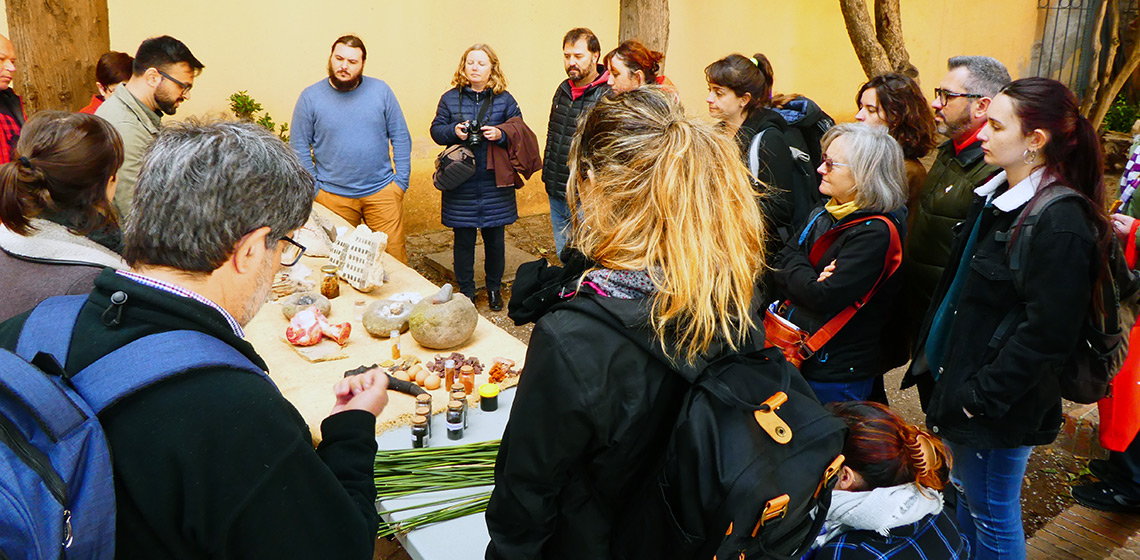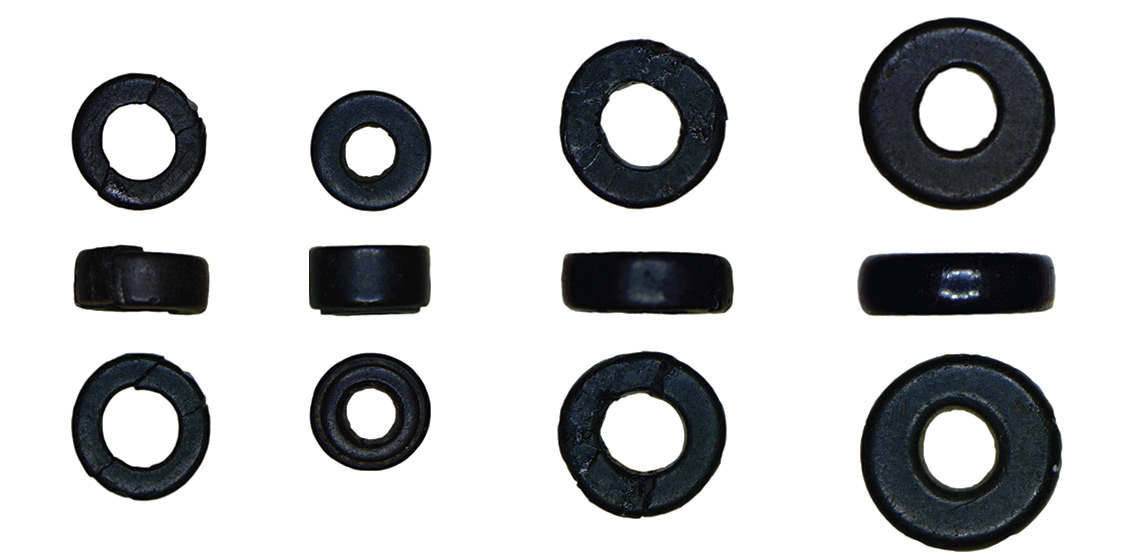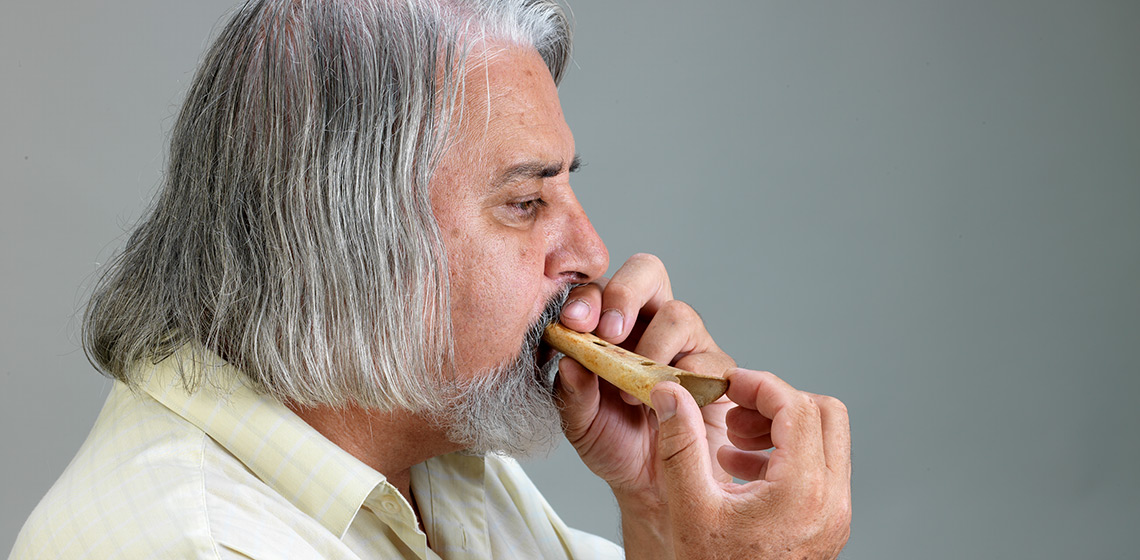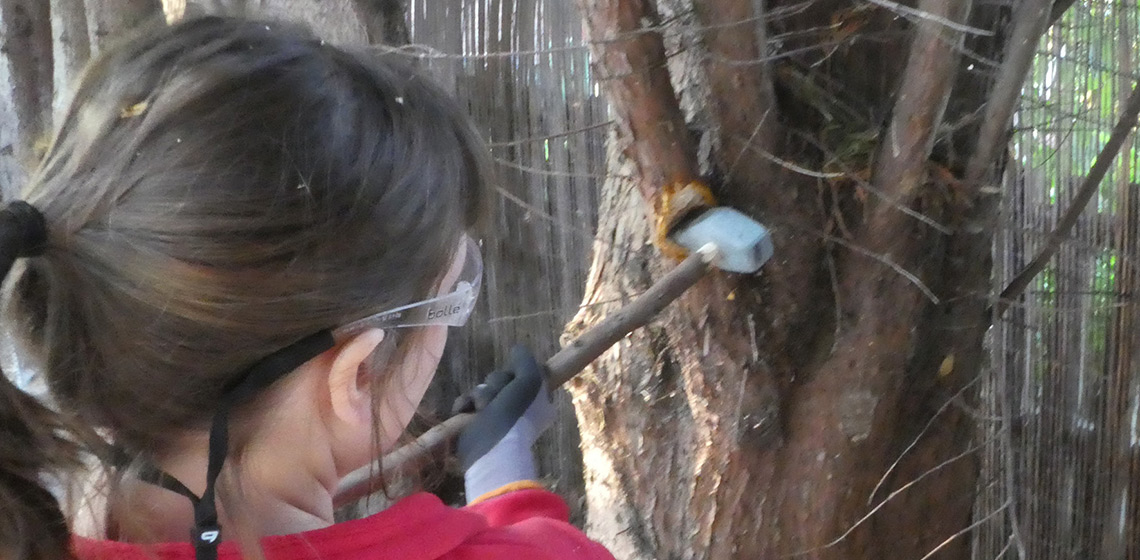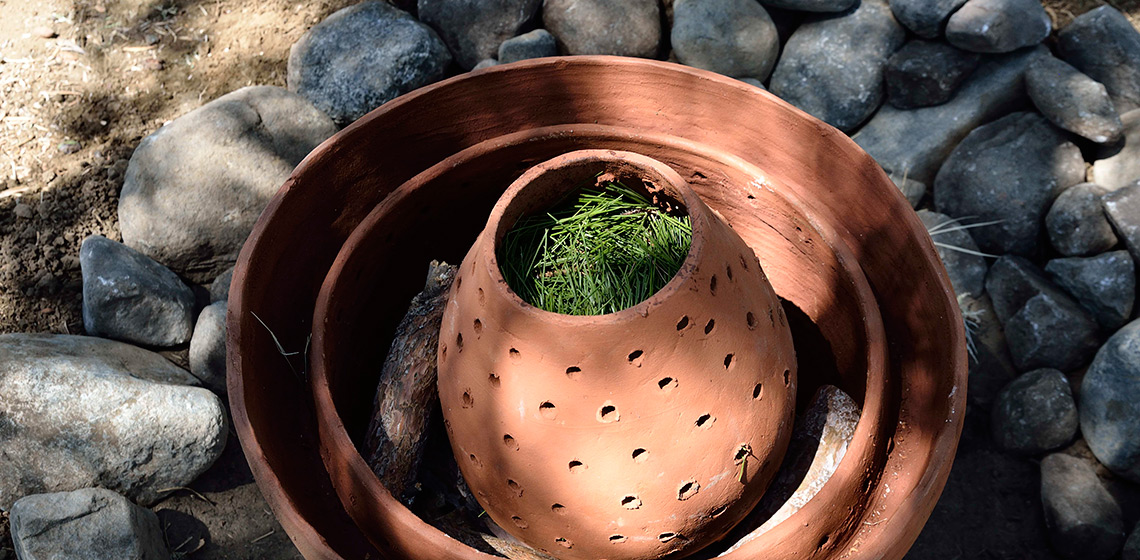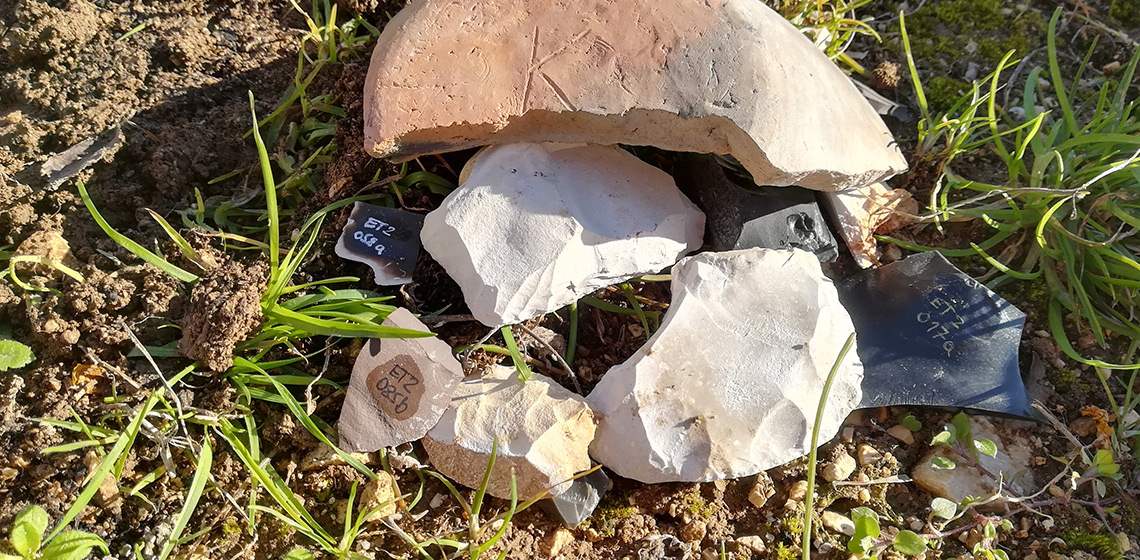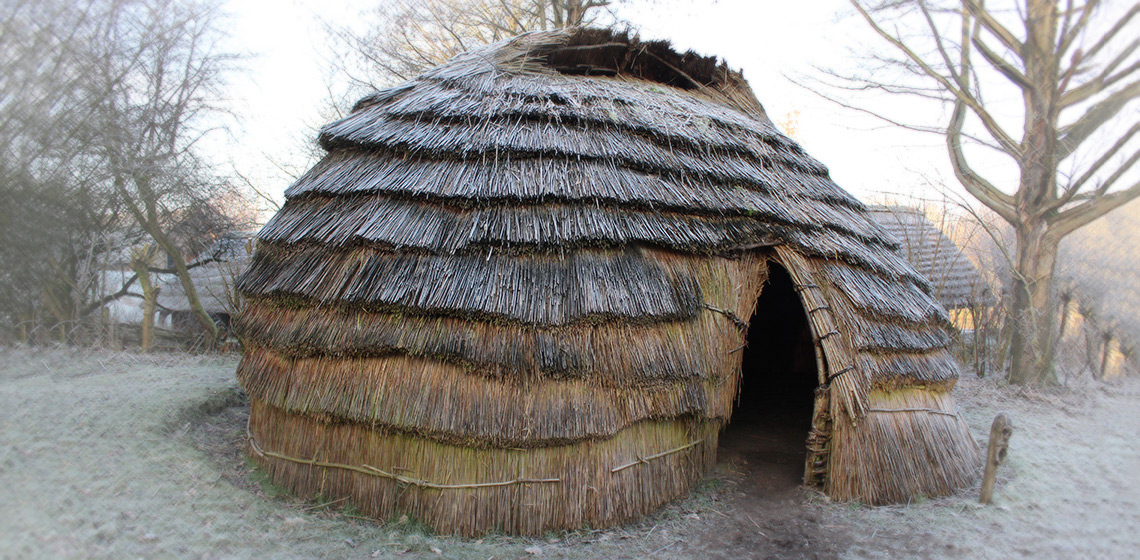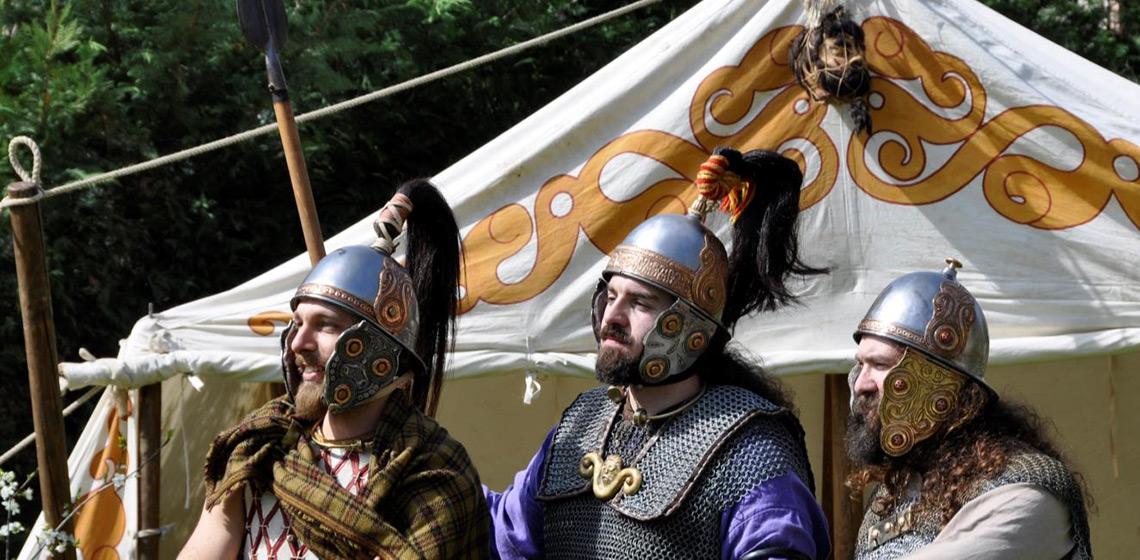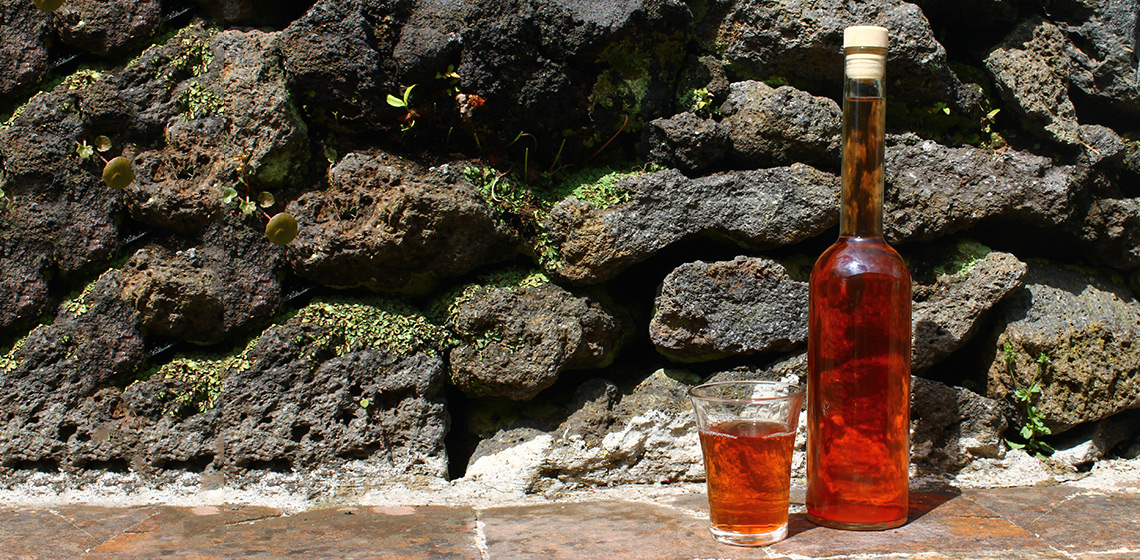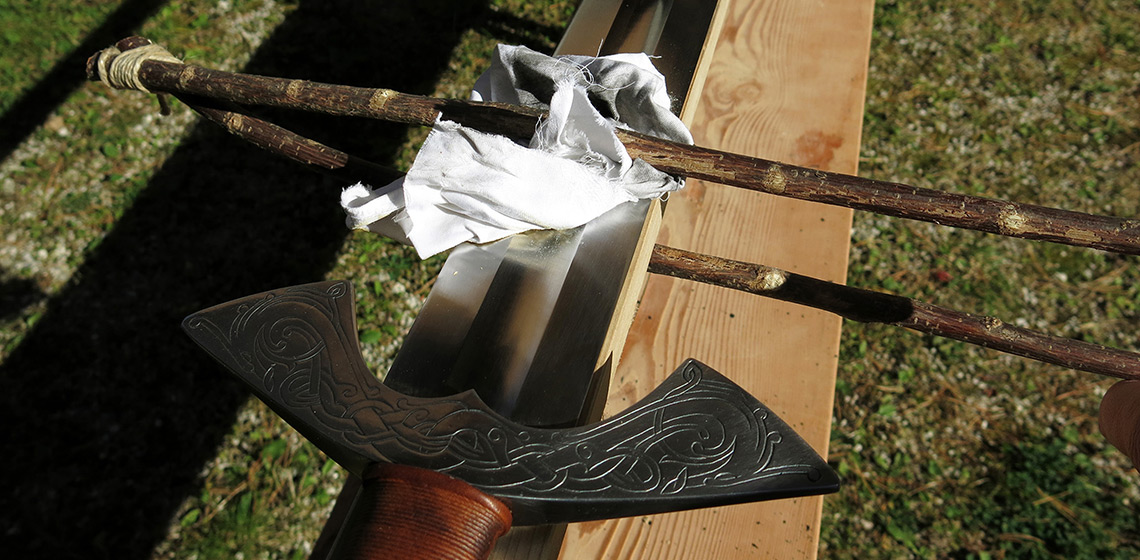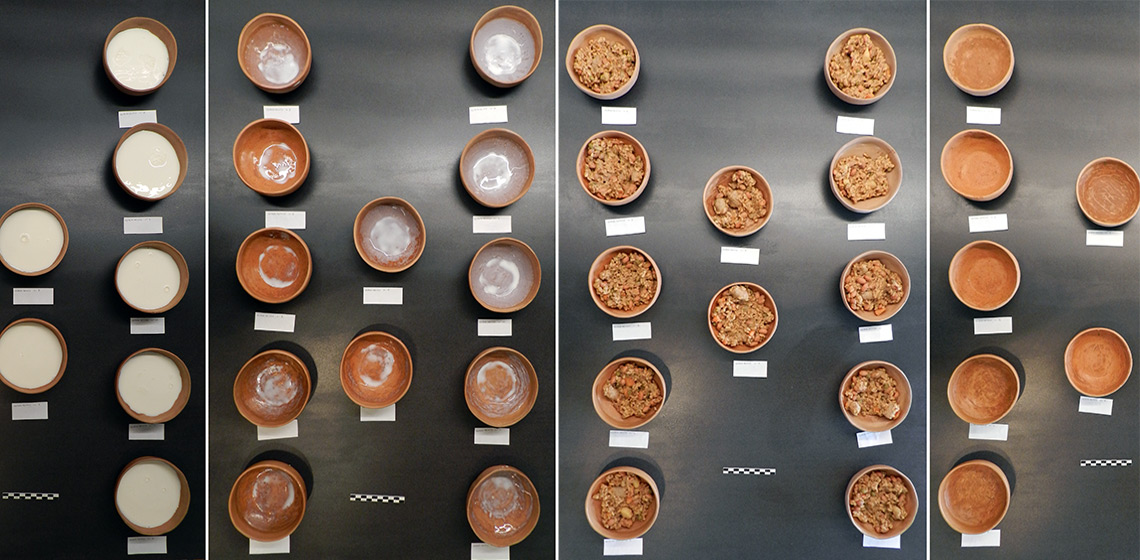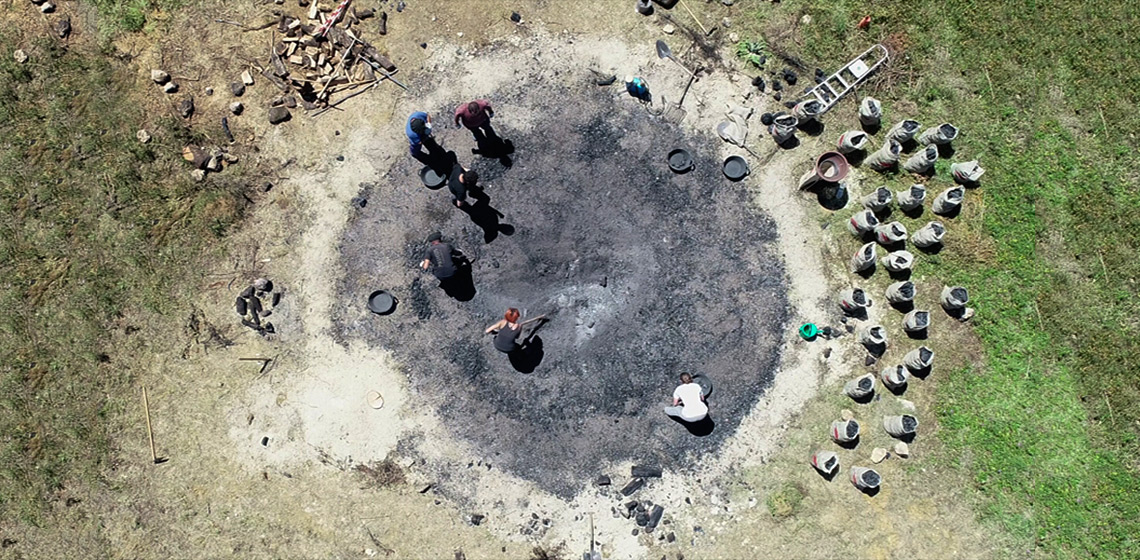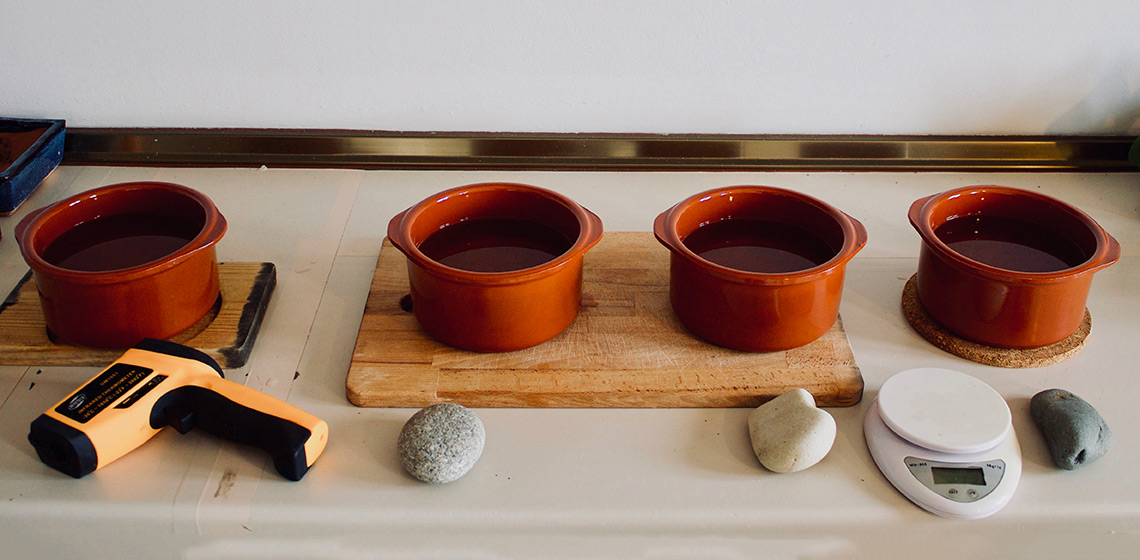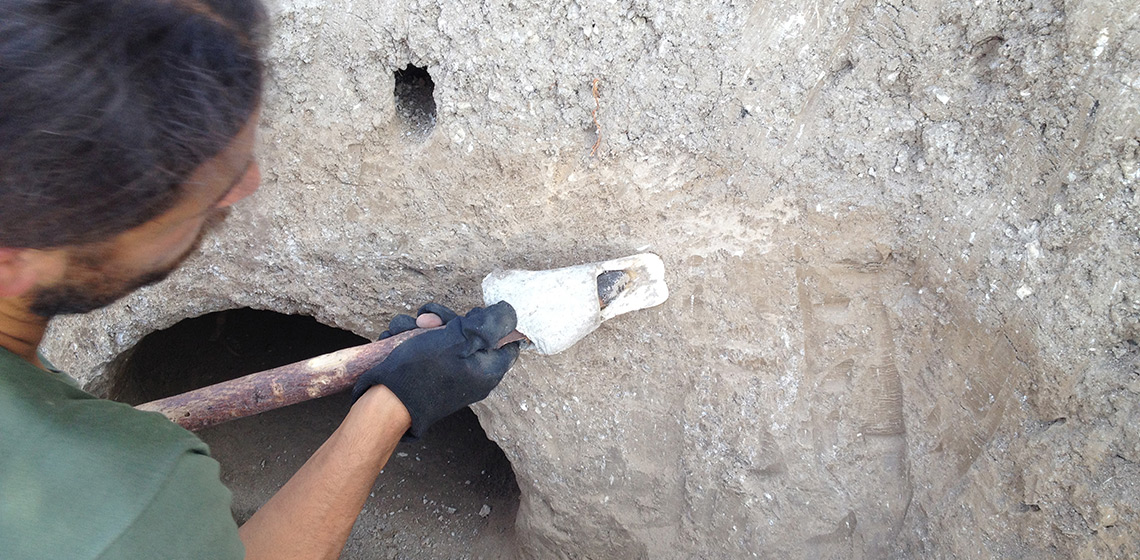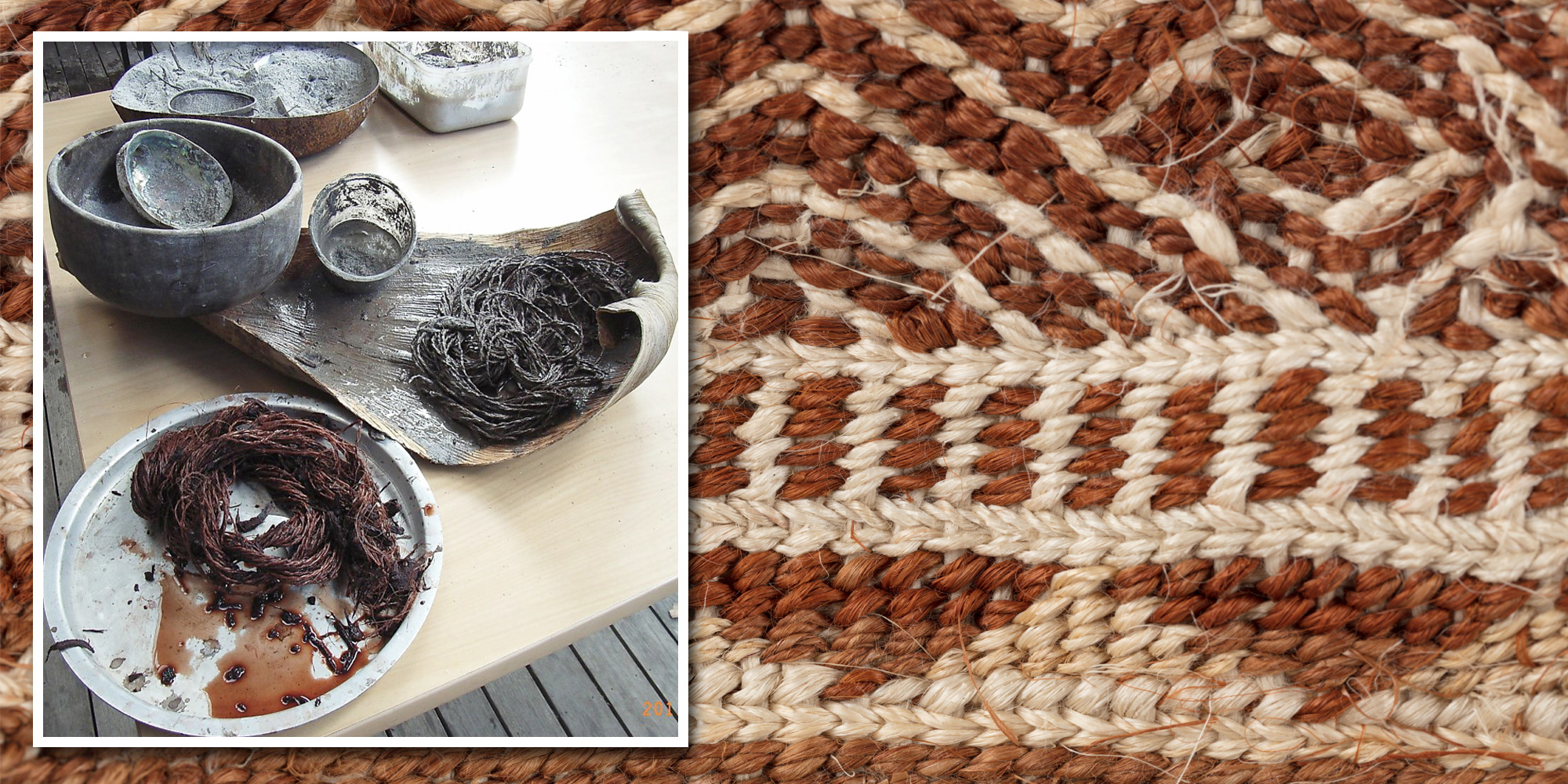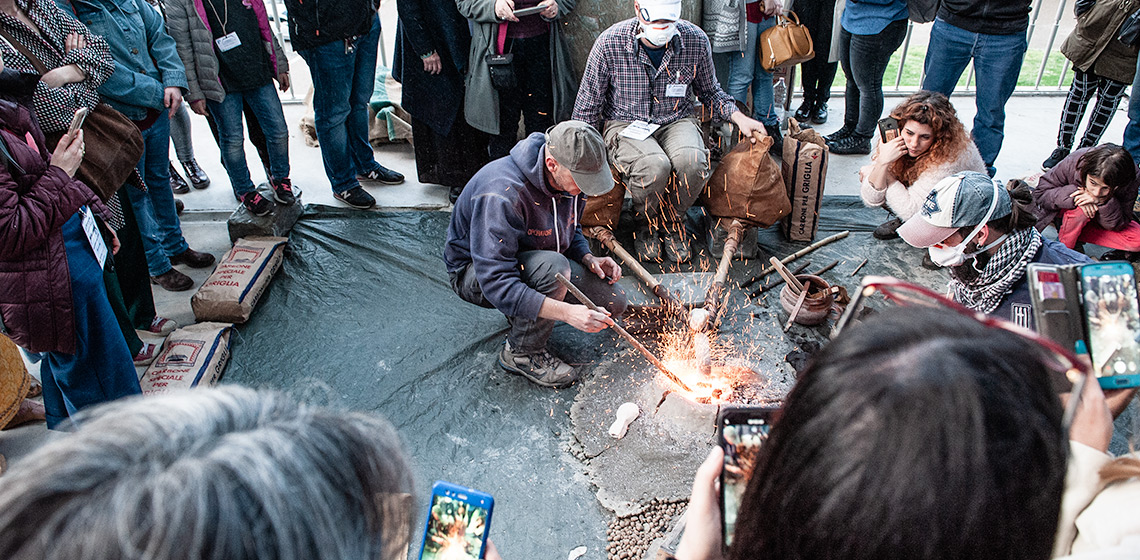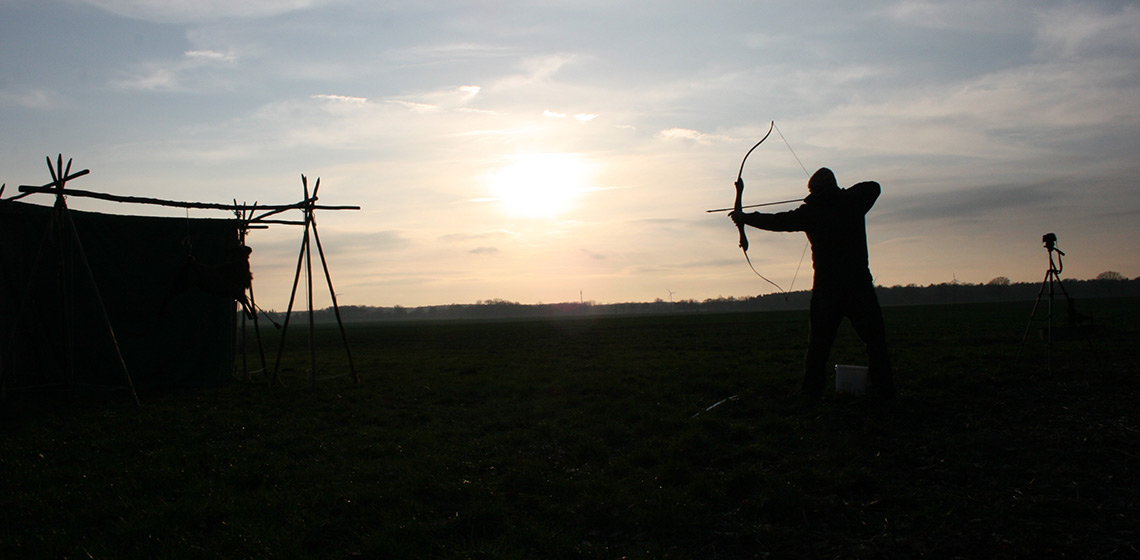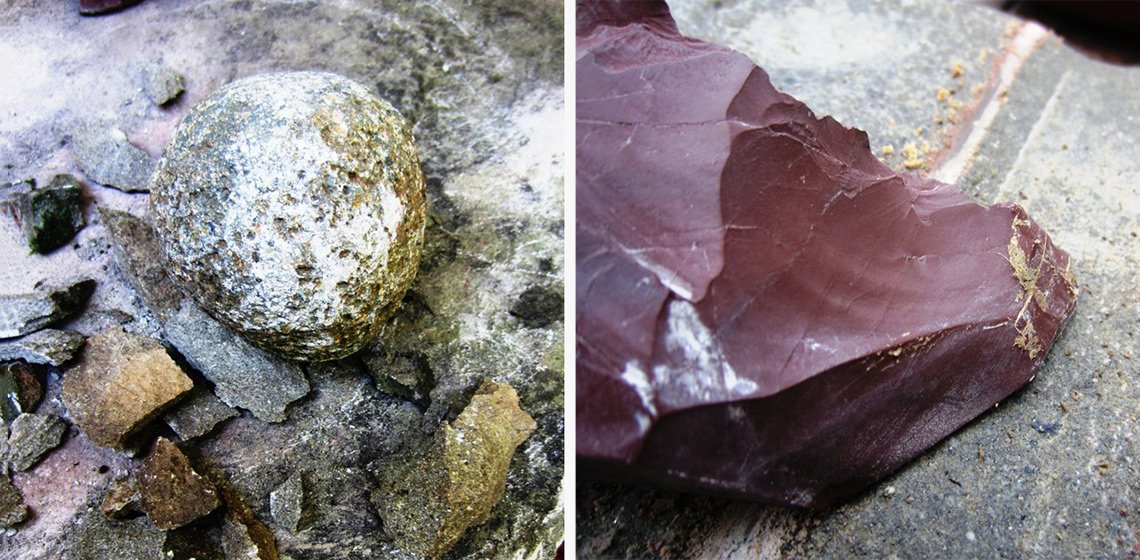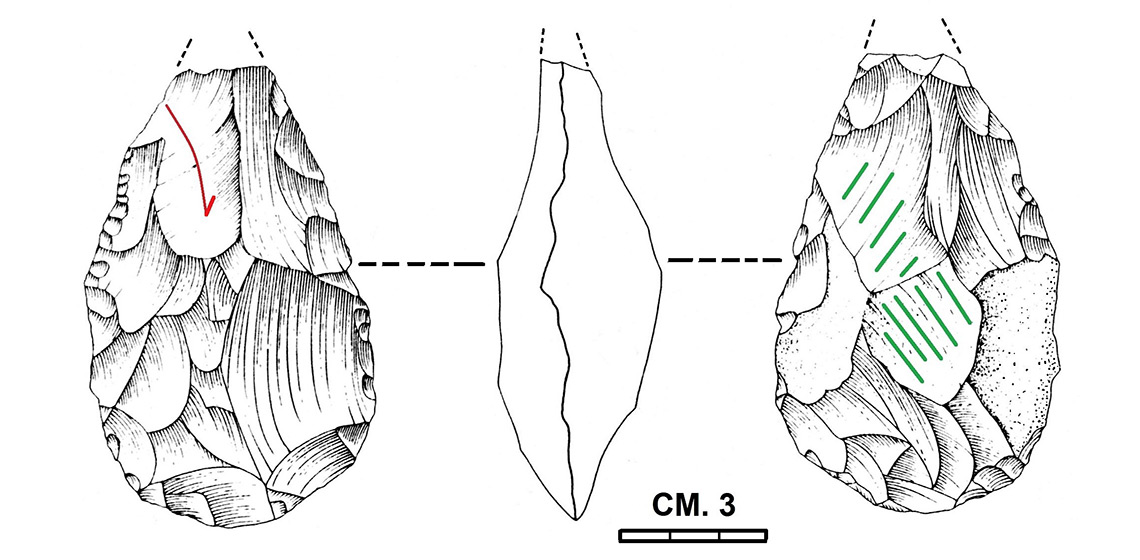The content is published under a Creative Commons Attribution Non-Commercial 4.0 License.
Themed Collections:
11th Experimental Archaeology Conference
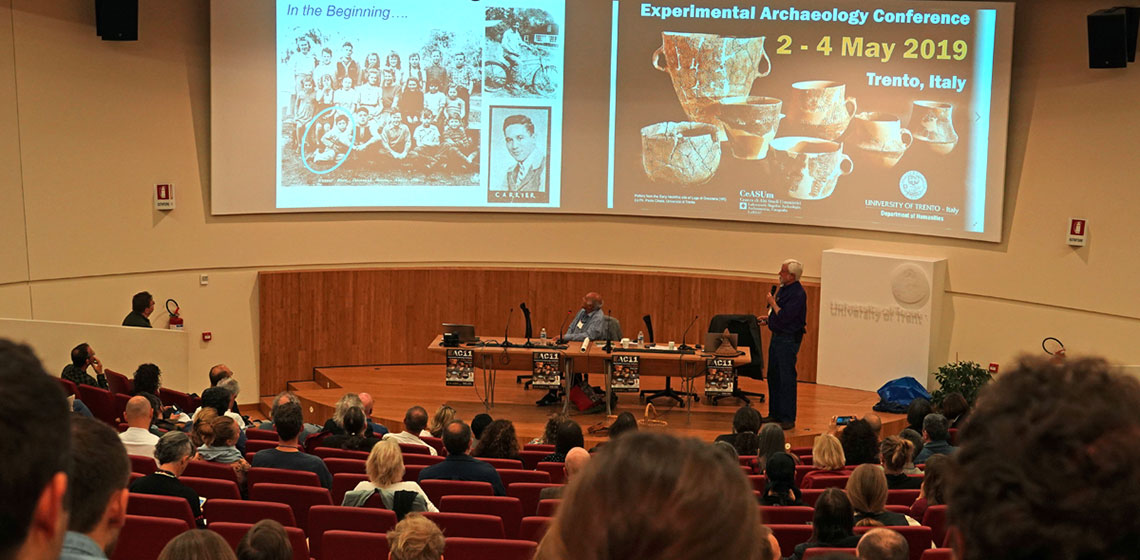
The 11th Experimental Archaeology Conference (EAC11) was held in Trento, Italy in May 2019, organized by EXARC and the University of Trento. Over 190 participants gathered together hailing from more than 25 countries, and for the first time the conference ran parallel sessions. The conference spanned three days, with the first two devoted to keynotes, papers, and posters. The final day was reserved for optional excursions which showcased significant archaeological highlights on offer in the region. In many of the sessions, questions were reserved for the end, which sparked lively discussion. As has been the case in other recent EAC meetings, poster authors were given the chance to present their work during the regular sessions accompanied by a few slides, and their inclusion in the overall discussion sessions was an excellent addition.
- From the Review by Caroline Jeffra (NL) and Jilian Garvey (AU)
Featured
Experimental Archaeology in the Museum of Archaeology of Catalonia
***The Museu d'Arqueologia de Catalunya (MAC) was created under the Museums of Catalonia Act in 1990 by the Department of Culture of the Government of Catalonia. Its foundation dates back to 1932. The museum carries out various activities related to Experimental Archaeology projects in the fields of both education and research...
Techno-functional Study of the Personal Ornaments in Lignite of the Boira Fusca Cave (Cuorgnè, Torino-Italy)
***This paper aims to present a techno-functional study of lignite ornamental objects found during the Fedele excavations (1977-1980) in the Boira Fusca Cave (Cuorgnè, Salto-Turin, Italy). The site demonstrates a chrono-cultural sequence which extends from the late Palaeolithic to the Modern era...
Experimental Research on the Neanderthal Musical Instrument from Divje Babe I Cave (Slovenia)
***The supposition that an unusually perforated femur of a juvenile cave bear found at the Divje babe I Palaeolithic cave site in Slovenia could be a musical instrument led to heated debates. According to its archaeological context and chronostratigraphic position, if made by humans, it could only be attributed to Neanderthals...
Enhancing the Accuracy of Use Interpretation: The Discovery of a New Wear Formation with the Complementary Methods of Experimental Archaeology and Use-Wear Analysis
***Experimental archaeology and use-wear analysis are methods used together to understand aspects of an object’s life, such as manufacture and use. This paper demonstrates the benefits of analysing use-wear through experiments. It presents the results of experiments which were carried out to test the use of battle-axes and axe-hammers...
Ancient Distillation and Experimental Archaeology about the Prehistoric Apparatuses of Tepe Gawra
***The Perfume Theme Park Museum of Cyprus’ research protocol of Experimental Archaeology (https://www.perfumecypark.org), aims at verifying hypotheses of ancient perfume manufacturing processes, to formulate a possible comparison with modern realities derived from the island’s ancient cultural heritage. What has recently emerged...
Roar Ege: The Lifecycle of a Reconstructed Viking Ship
***In 1962, the remains of five late Viking Age ships were excavated from Roskilde Fjord, near Skuldelev on the Danish island of Zealand (See Figure 1: Crumlin-Pedersen and Olsen, 2002). Twenty years later, the Viking Ship Museum in Roskilde began the process of building its first full-scale Viking ship reconstruction, the 14 m long coastal transport and trading vessel, Skuldelev 3.
Trampling Experiments – A Contribution to the Pseudo-Retouch Issue
***Apart from human-made retouch, stone tools can also exhibit traces of damage caused by several post depositional processes, one of which is trampling. Edge damage provoked by trampling, be it of animal or human origin, is sometimes interpreted as human-made retouch ...
(De)constructing the Mesolithic. A History of Hut Reconstructions in the Netherlands
***The amount of reconstructions of huts from the Mesolithic period all over Northern Europe has boomed over the last 5 years, signaling a significant increase in scholarly interest. However, the scientific basis of these experimental reconstructions is often unclear. At the same time, the excavation and preliminary publication of two recently discovered Mesolithic huts in the Netherlands indicate structures of a completely different build than the proposed reconstructions...
Embossing Technique between III and II Century BC: Experiments and First Results
***The purpose of this paper is to explain our experience with the process of experimental archaeology, involving the reproduction and field testing of embossed decorations, inspired to archaeological finds. As a re-enactment group focused on Celts and Ligurians of III – II century BC we reproduce items and/or ornaments...
Columella’s Wine: a Roman Enology Experiment
***The study of archaeological and written sources made it possible to commence an extensive research project on Roman viticulture, starting in 2013 on the slopes of Mount Etna, in Sicily (Indelicato, Malfitana and Cacciaguerra, 2017). The general aim is to thoroughly examine the knowledge of the Roman wine production cycle in the period between the first century BC and the second century AD, when wine production turned into an identifiable “industry”...
“A Mirror for Men” – Reconstructing a Medieval Polishing Bench and Putting it to the Test
***In the late 5th century AD, the famous Ostrogoth Theoderic the Great received a truly regal gift from the king of the Warini: he was given highly elaborated swords, richly decorated and able to cut through armour. Their fullers (long grooves along the flat side of the blade to reduce weight and to gain stability...
Fine Pottery Chaîne Opératoire from the Bronze Age site of Via Ordiere, Solarolo (RA, IT): Experiments on the Relationship between Surface Treatments and Function
***The aim of this experimental work was to catch a glimpse of the pottery chaîne opératoire, particularly linked to the surfaces treatments applied, in order to better understand what type of traces they could leave on pots and how they could differently affect the use of final products...
Mining at Pozarrate: Applying Experimental Approaches to Understand the Neolithic Extraction of Flint in the Sierra de Araico (Treviño, Spain)
***The aim of this paper is to introduce the scientific works performed in the Sierra de Araico Neolithic Mining Complex, mainly located in the Treviño enclave of Spain. Archaeological works were focused on the Pozarrate quarry, dated to the Neolithic period (6000-5600 BP). This site is unique since it has been used recently to...
Keep it in your own Backyard: New Experimental Perspectives on Domestic Iron Age Lithic Industries in the Northwestern Iberian Peninsula
***Both knapped and polished lithic industries have traditionally been given great regard within the archaeological studies of northwestern Iberian Peninsula, mostly focusing on their typologies and the materials used. However, this has not been the case with other stone objects, such as rolling stones, that tend to appear in...
The Experimental Reconstruction of an Early Neolithic Underground Oven of Portonovo (Italy)
***This contribution presents the experimental reconstruction of an underground oven replicated according to the archaeological evidence unearthed from the Early Neolithic site of Portonovo-Fosso Fontanaccia (Ancona-Italy). A domed structure, measuring 190x180 cm diameter at the base and 50 cm in height, was dug in 15 hours...
Replication of a Maori Ethnographic Textile Hem Border Pattern
***Replication of archaeological and ethnographic Māori textiles, under the direction of customary knowledge and previous practical experience, can provide a more nuanced understanding of the manufacture of taonga (treasures) made from fibre materials. A case study is presented here from the unique perspective of a weaver who...
Event Review: “I Experiment so I Participate” Italian Experimental Archaeology Festival: Experience in Didactics and Scientific Dissemination
***Participation in archaeology is the basic “inclusive process” of a human community, which allows it to identify its cultural values. Experimental archaeology with its rediscovery of gestures and techniques allows re-appropriation, a sense of belonging and ...
The Arrowheads of the Squared-Mouthed-Pottery Culture: Reconstruction and Shooting Experiment
***This international experimental project focused on the production of replicas of different models of flat-retouched flint arrowheads (stemmed, with flat base, and ogives -with rounded base-) in use within the Neolithic Squared-Mouthed-Pottery Culture (SMP) of Northern Italy. The aim was to test their efficiency in order to understand if...
Stone & Metal: Experimental reproduction of a stone monument of the Metal Age, Located between Liguria and Tuscany (Italy)
***The Italian region of Lunigiana, is located between Liguria and Tuscany, and is rich in stone statues which were worked from the third millennium B.C. until the beginning of the historical period, around the 6th century B.C. (Anati, 1981). Eighty statues have been collected and show stylized male and female characters...
Basalt Handaxes: Preliminarily Testing the Lithic Translation Strategy Hypothesis and Comparisons with the Fontana Ranuccio Site Bifacial Tools
***The oldest bifacial “handaxes” known so far belong to the “Kokiselei 4” site, dated to 1.76 Ma (West Turkana, Kenya; Texier, 2018). They have been manufactured by direct lithic percussion on magmatic effusive stone materials. Considering that the evolution of “fully operational intelligence” (Wynn, 1979) has been associated with the so-called...
The Contribution of Experimental Archaeology in Addressing the Analysis of Residues on Spindle-Whorls
***This contribution focuses on residues developing on spindle-whorls during spinning. Such a kind of tools is largely diffused in archaeological contexts where spindle-whorls were used in textile activities or deposited in burials as grave goods. Scholars recently approached the analysis of these objects through experimental archaeology to better understand their wide variation in size and shape especially in relationship with the adoption of...


